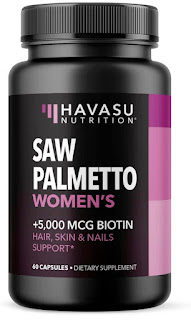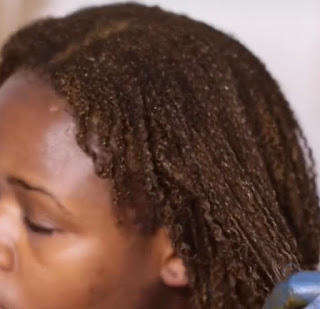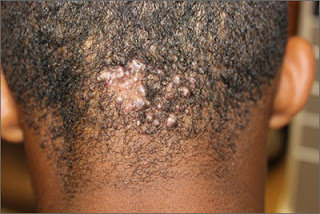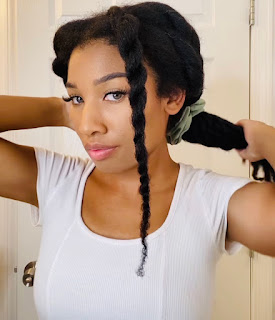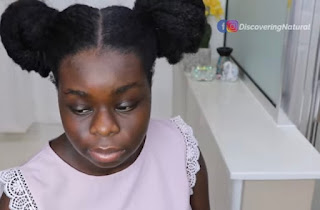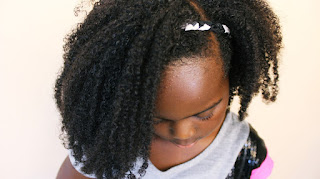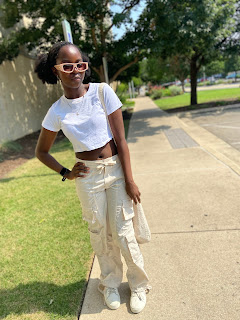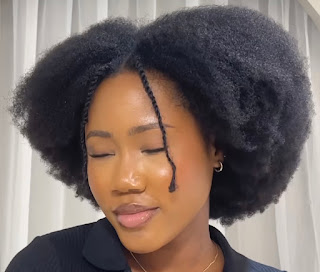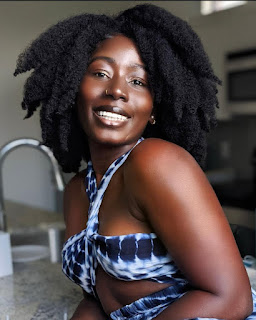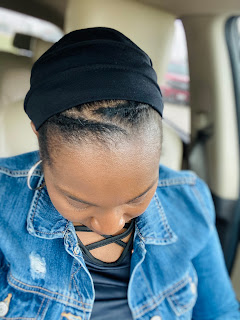How to Increase Volume in Your Hair
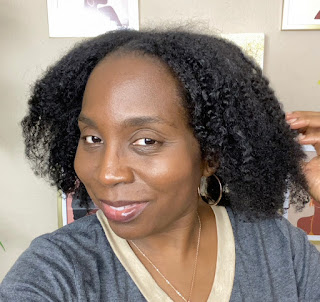
Have you had an issue with increasing volume in your hair? Watch below or click here Here are other hair styling techniques you can try: Use a volumizing shampoo and conditioner , and apply a root lifter or lightweight hair powder at the roots. Avoid heavy styling products and use a diffuser when blow-drying. Add volume and texture with a hair dryer on low heat, and use Velcro rollers for added lift. For fine hair, avoid heavy accessories and use air-drying and scrunching techniques for added volume and texture.


